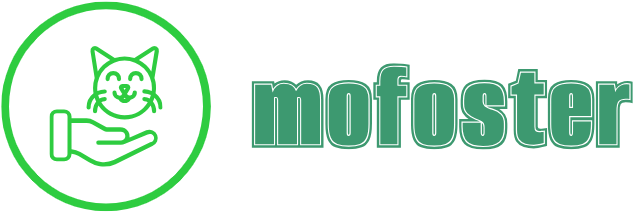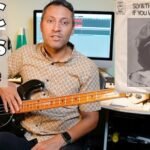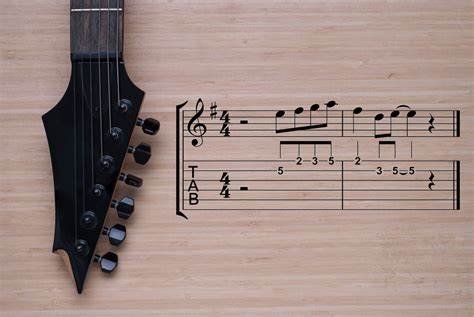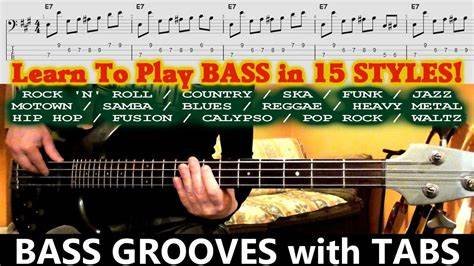Reading bass guitar sheet music can seem intimidating at first, but once you grasp the basics, it becomes a valuable skill that opens up countless musical opportunities. Whether you’re a beginner or looking to refresh your knowledge, understanding how to read bass guitar sheet music is essential for becoming a proficient bassist. In this guide, we’ll walk you through the fundamental concepts of bass clef, rhythms, note values, and more, so you can confidently play along with any piece of music.
1. Understanding the Bass Clef
Bass guitar sheet music uses the bass clef (also called the F clef) to represent notes. This clef is different from the treble clef used for higher-pitched instruments like guitar and piano. The bass clef tells you the exact pitch of the notes that you need to play.
- Position of the Notes: The notes on the staff for bass guitar start from the note E on the lowest string (open E) and go up to C on the highest string (12th fret of the G string). The lines and spaces on the staff correspond to specific notes:
- Lines: G, B, D, F, A (from bottom to top).
- Spaces: A, C, E, G (from bottom to top).
- Remembering the Notes: A common mnemonic for the lines is “Good Boys Do Fine Always,” and for the spaces, “All Cows Eat Grass.”
2. Reading Notes on the Staff
Once you’re familiar with the bass clef, the next step is to read individual notes on the staff. Bass guitar notes are written on a five-line staff, and the placement of a note on the staff tells you which note to play and where to find it on the fretboard.
- Note Duration: The shape of the note head, its stem, and whether it has a flag or beam indicate the note’s duration (how long it should be held).
- A whole note is an open circle with no stem and lasts for four beats.
- A half note has a stem and an open note head and lasts for two beats.
- A quarter note is solid and lasts for one beat.
- An eighth note has a flag or is connected to another note with a beam and lasts for half a beat.
- A sixteenth note has two flags or is connected to other notes with beams and lasts for a quarter beat.
- Ledger Lines: For notes higher or lower than the staff, ledger lines are used. These short lines extend the staff above or below to accommodate notes that don’t fit within the five lines.
3. Reading Rhythms
Understanding rhythm is crucial when reading bass guitar sheet music. The rhythm tells you when to play the notes and for how long. In bass guitar music, rhythms are often straightforward but can get more complex with syncopation, rests, and dotted notes.
- Rest Symbols: Just like notes, rests indicate silence. Each type of rest matches the duration of the note:
- Whole rest: Four beats of silence.
- Half rest: Two beats of silence.
- Quarter rest: One beat of silence.
- Eighth rest: Half a beat of silence.
- Time Signatures: The time signature is located at the beginning of a piece of music, right after the clef symbol. The time signature tells you how many beats are in each measure and what kind of note gets the beat. For example:
- 4/4: Four beats per measure, with a quarter note getting one beat.
- 3/4: Three beats per measure, with a quarter note getting one beat.
- 6/8: Six beats per measure, with an eighth note getting one beat.
4. Using Finger Numbers and Tablature
While reading traditional sheet music is important, many bass players also use tablature (tab) to understand where to place their fingers on the fretboard. Bass guitar tab shows the strings and the frets that should be pressed.
- Fingering Notations: Often, bass guitar sheet music will include finger numbers above or below the notes. These numbers refer to which finger should play each note (e.g., 1 for index finger, 2 for middle finger, etc.).
- Tablature: Bass tablature is another visual tool used alongside standard sheet music. It uses numbers on lines that represent strings, where the number shows which fret to press. Though it doesn’t indicate rhythm or note duration, it’s helpful for quickly finding notes on the fretboard.
5. Interpreting Articulations and Dynamics
Sheet music for bass guitar often includes markings to tell you how to play the notes. These include articulations (how the note should sound) and dynamics (how loud or soft to play).
- Articulations:
- Staccato (•): Play the note short and detached.
- Legato (slur): Play the notes smoothly, connecting them without a break.
- Accent (> or ^): Play the note with emphasis.
- Hammer-on (h) and Pull-off (p): Indicate a smooth transition between two notes, with no plucking in the middle.
- Dynamics:
- f (forte): Play loudly.
- p (piano): Play softly.
- mf (mezzo-forte): Play moderately loud.
- crescendo (<): Gradually get louder.
- decrescendo (> or ): Gradually get softer.

6. Practice Strategies for Reading Bass Sheet Music
Now that you know the basics, it’s time to practice reading bass guitar sheet music. Here are some tips to help you improve:
- Start Slow: Begin by practicing simple melodies or bass lines at a slow tempo. Focus on reading the notes and rhythms accurately before trying to play quickly.
- Use a Metronome: A metronome will help you stay in time as you practice reading rhythms and playing bass lines.
- Practice with Simple Songs: Choose easy bass songs to practice reading. Look for bass sheet music for beginners and work through the songs at your own pace.
- Work on Sight-Reading: Set aside time each day to practice sight-reading. Choose a new piece of music and try to play it without prior preparation. This will improve your ability to read music fluently.
Conclusion
Learning how to read bass guitar sheet music is a rewarding skill that enhances your playing ability and musical understanding. By familiarizing yourself with the bass clef, rhythm, note durations, and dynamics, you can start reading and performing songs with ease. With regular practice and a focus on rhythm and melody, you’ll be able to read music confidently and expand your musical horizons as a bassist.







